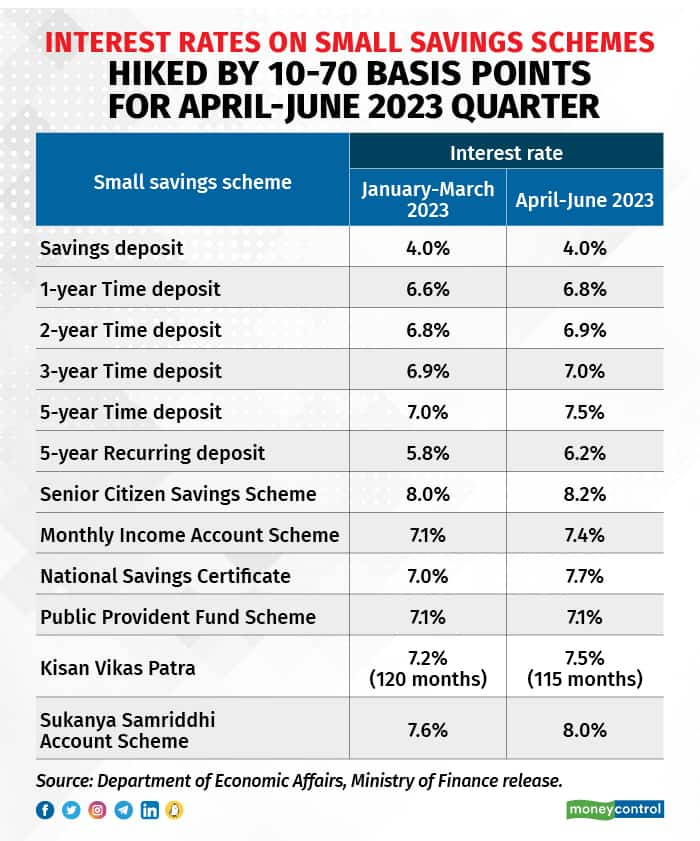*Q: Partition of India was done how many times ?*
*Answer- SEVEN times in 61 years by the British rule.*
*Afghanistan was separated from India in 1876,*
*Nepal in 1904,*
*Bhutan in 1906,*
*Tibet in 1907,*
*Sri Lanka in 1935,*
*Myanmar (Burma) in 1937*
*and...*
*Pakistan in 1947.*
*India's Partition of Akhanda Bharat*
Unbroken India extended from the Himalayas to the Indian Ocean and from Iran to Indonesia. India’s area in 1857 was 83 lakh square kilometers, which is currently 33 lakh square kilometers. From 1857 to 1947, India was fragmented many times by external powers. Afghanistan was separated from India in 1876, Nepal in 1904, Bhutan in 1906, Tibet in 1907, Sri Lanka in 1935, Myanmar in 1937 and Pakistan in 1947.
*Sri Lanka*
The British separated Sri Lanka from India in 1935. The old name of Sri Lanka was Sinhaldeep. The name Sinhaldeep was later renamed Ceylon. Sri Lanka’s name was Tamraparni during the reign of Emperor Ashoka. Mahendra, son of Emperor Ashoka and daughter Sanghamitra went to Sri Lanka to propagate Buddhism. Sri Lanka is a part of united India.
*Afghanistan*
The ancient name of Afghanistan was Upganasthan and Kandahar’s was Gandhara. Afghanistan was a Shaivite country. The Gandhara described in the Mahabharata is in Afghanistan from where the Kauravas’ mother was Gandhari and maternal uncle Shakuni. The description of Kandahar i.e. Gandhara is found till the reign of Shah Jahan. It was a part of India. In 1876 Gandamak treaty was signed between Russia and Britain. After the treaty, Afghanistan was accepted as a separate country.
*Myanmar (Burma)*
The ancient name of Myanmar (Burma) was Brahmadesh. In 1937, the recognition of a separate country to Myanmar i.e. Burma was given by the British. In ancient times, the Hindu king Anandavrata ruled here.
*Nepal*
Nepal was known as Deodhar in ancient times. Lord Buddha was born in Lumbini and mother Sita was born in Janakpur which is in Nepal today. Nepal was made a separate country in 1904 by the British. Nepal was called the Hindu nation of Nepal. Nepal was made a separate country in 1904 by the British. Nepal was called as Hindu Rashtra Nepal. Until a few years ago, the king of Nepal was called Nepal Naresh. Nepal has 81 percent Hindus and 9% Buddhists. Nepal was an integral part of India during the reigns of Emperor Ashoka and Samudragupta. In 1951, Maharaja Tribhuvan Singh of Nepal appealed to the then Prime Minister of India, Pandit Jawaharlal Nehru to merge Nepal with India, but Jawaharlal Nehru rejected the proposal.
*Thailand*
Thailand was known as Syam until 1939. The major cities were Ayodhya, Shri Vijay etc. The construction of Buddhist temples in Syam began in the third century. Even today many Shiva temples are there in this country. The capital of Thailand Bangkok also has hundreds of Hindu temples.
*Cambodia*
Cambodia is derived from the Sanskrit name Kamboj, was part of unbroken India. The Kaundinya dynasty of Indian origin ruled here from the first century itself. People here used to worship Shiva, Vishnu and Buddha. The national language was Sanskrit. Even today in Cambodia, the names of Indian months such as Chet, Visakh, Asadha are used. The world famous Ankorwat temple is dedicated to Lord Vishnu, which was built by the Hindu king Suryadev Varman. The walls of the temple have paintings related to the Ramayana and the Mahabharata. The ancient name of Ankorwat is Yashodharpur.
*Vietnam*
The ancient name of Vietnam is Champadesh and its principal cities were Indrapur, Amravati and Vijay. Many Shiva, Lakshmi, Parvati and Saraswati temples will still be found here. Shivling was also worshiped here. The people were called Cham who were originally Shaivites.
*Malaysia*
The ancient name of Malaysia was Malay Desh which is a Sanskrit word which means the land of mountains. Malaysia is also described in Ramayana and Raghuvansham. Shaivism was practiced in Malay. Goddess Durga and Lord Ganesha were worshiped. The main script here was Brahmi and Sanskrit was the main language.
*Indonesia*
The ancient name of Indonesia is Dipantar Bharat which is also mentioned in the Puranas. Deepantar Bharat means the ocean across India. It was the kingdom of Hindu kings. The largest Shiva temple was in the island of Java. The temples were mainly carved with Lord Rama and Lord Krishna. The Bhuvanakosh is the oldest book containing 525 verses of Sanskrit.
The names or motos of the leading institutions of Indonesia are still in Sanskrit :
Indonesian Police Academy – Dharma Bijaksana Kshatriya
Indonesia National Armed Forces – Tri Dharma Ek Karma
Indonesia Airlines – Garun Airlines
Indonesia Ministry of Home Affairs – Charak Bhuvan
Indonesia Ministry of Finance – Nagar Dhan Raksha
Indonesia Supreme Court – Dharma Yukti
*Tibet*
The ancient name of Tibet was Trivishtam which was divided into two parts. One part was given to China and the other to Lama after an agreement between the Chinese and the British in 1907. In 1954, India’s Prime Minister Jawaharlal Nehru accepted Tibet as part of China to show his solidarity to Chinese people.
*Bhutan*
Bhutan was separated from India by the British in 1906 and recognized as a separate country. Bhutan is derived from the Sanskrit word Bhu Utthan which means high ground.
*Pakistan*
There was partition of India on August 14, 1947 by the British and Pakistan came into existence as East Pakistan and West Pakistan. Mohammad Ali Jinnah had been demanding a separate country on the basis of religion since 1940 which later became Pakistan. In 1971 with the cooperation of India Pakistan was divided again and Bangladesh came into existence. Pakistan and Bangladesh are parts of India.




